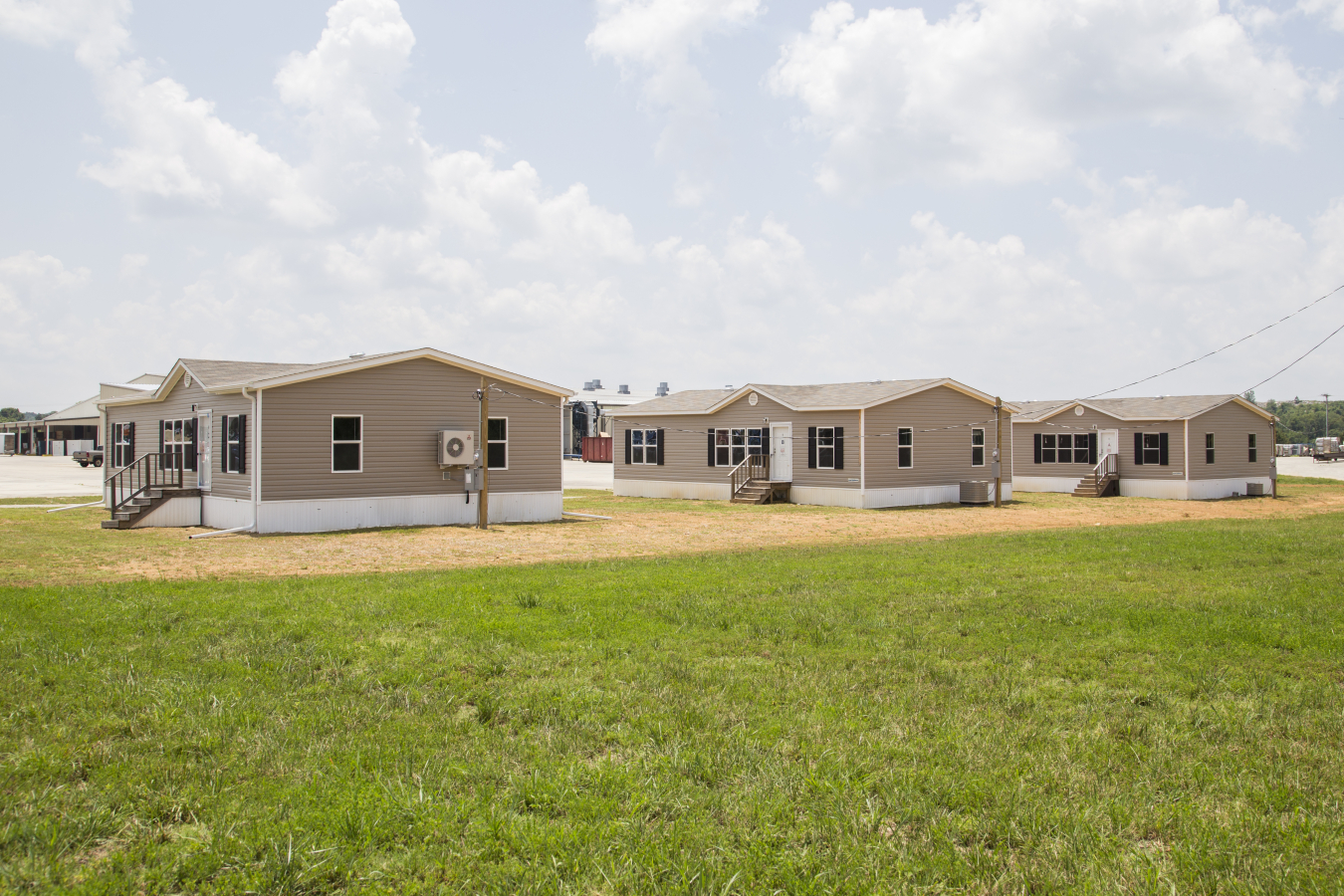
DOE prioritizes access to energy-efficient and affordable housing for all Americans, including the more than 22 million Americans who live in manufactured homes. DOE funds research, demonstration, and field validation of energy-efficient construction methods; supports adoption of energy-efficient technologies and construction practices by manufacturers; and is collaborating with other federal agencies, states, and utilities to support initiatives that make energy-efficient manufactured homes affordable for homebuyers.
Additionally, DOE launched the Manufactured Housing Energy Efficiency and Affordability Initiative to assist states and other partners in improving access to energy-efficient manufactured homes across the United States and creating lower cost financing options. The National Association of State Energy Officials (NASEO), along with the following state energy offices, are participating in this initiative:
- California Energy Commission
- Colorado Energy Office
- Kentucky Office of Energy Policy
- Louisiana Department of Natural Resources
- Maine Governor’s Energy Office
- Minnesota Department of Commerce Energy Division
- Montana Energy Office
- North Carolina Department of Environmental Quality Energy Office
- New York State Energy Research and Development Authority
- South Carolina Energy Office - Office of Regulatory Staff
- West Virginia Department of Economic Development's Office of Energy
DOE and NASEO collaborate with the participating states to share best practices and develop strategies and mechanisms for making financing and ownership of energy-efficient manufactured homes more affordable and accessible.
More specifically, the Manufactured Home Energy Efficiency and Affordability Initiative works to:
- Address the high cost of heating and cooling manufactured homes, especially for residents in underserved communities and households facing high energy burdens and energy insecurity.
- Create lower-cost, public-private financing options for energy-efficient manufactured home purchases, such as low-interest loan programs, down payment assistance, loan loss reserves and other forms of credit enhancement to make manufactured home loans more accessible and affordable.
- Improve and expand manufactured homebuyer education materials for home purchase, financing and energy-efficiency options.
- Identify opportunities for manufactured homeowners to replace their homes with more energy-efficient ones, or to improve their existing homes’ energy efficiency to lower energy costs.
- Improve the availability of affordable, energy-efficient housing options and promote workforce development opportunities in local communities where manufactured homes are constructed and installed.
DOE, working in collaboration with NASEO, engages state energy offices and other partners, provides technical assistance and guidance, facilitates outreach to lenders and other federal agencies, coordinates engagement of external stakeholders, and can develop replicable state policy and program models to ensure access to affordable, efficient, manufactured homes nationwide.
State energy offices interested in learning more about this effort and accessing additional resources should visit the NASEO Manufactured Housing website.
Research
Through the Buildings Energy Efficiency Frontiers & Innovation Technologies (BENEFIT) program, DOE’s Office of Energy Efficiency and Renewable Energy (EERE) is funding an effort to develop and demonstrate designs that meet new efficiency requirements while optimizing production processes and reducing manufacturing costs.
DOE and the National Renewable Energy Laboratory recently published Energy in Modular Methods [EMOD]: A Guide to Design for Energy Efficiency in Industrialized Construction of Factory Built Buildings. The guide is intended to introduce builders to process improvements that can save time and money while making homes more efficient, affordable, and resilient. The guide is applicable to any factory-built construction approach including modular and manufactured homes. The guide applies Design for Energy Efficiency in Industrialized Construction – an approach that leverages design for manufacturing and assembly principles to streamline workflows of integrated product design and productivity modeling, from design to prototyping to manufacturing stages.
In 2016, DOE EERE published a report, Field Evaluation of Advances in Energy-Efficiency Practices for Manufactured Homes, which detailed a study that examined three side-by-side manufactured homes built to different specifications: ENERGY STAR, DOE Zero Energy Ready Home, and minimum code. The side-by-side approach allowed researchers to compare innovative technologies such as ductless mini-splits to more conventional HVAC systems to examine energy savings, cost savings, and other process improvements.
Developed in collaboration with NASEO, Financing Energy-Efficient Manufactured Housing: A Guide to State and Local Agencies builds upon findings from the DOE Manufactured Housing Task Force, discussions with state energy and housing agencies, and conversations with other stakeholders.


